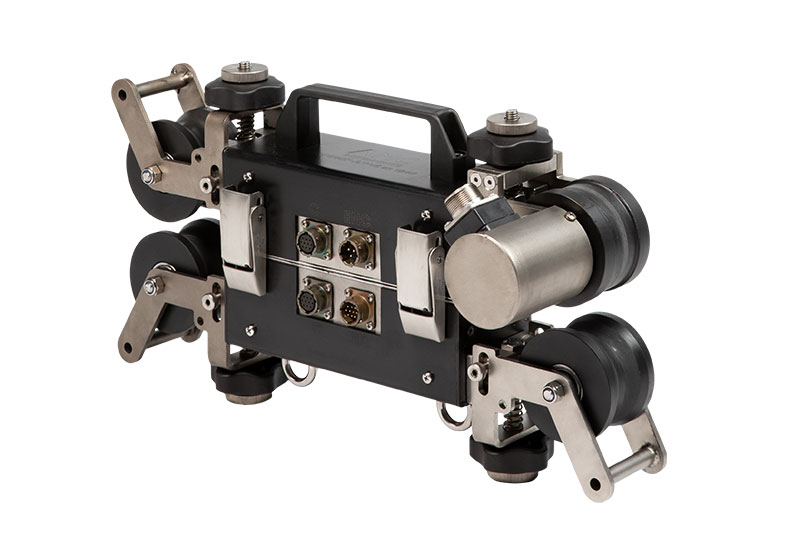MRT Device Selection: 7 crucial considerations

Carrying out an effective and reliable Magnetic Rope Test (MRT) is a common procedure. Despite this, there’s a distinct lack of objective information available about what’s needed to ensure a trusted level of results.
The following is designed to provide a guide as to how to select a device that will return accurate and trustworthy results. This can be defined into 7 essential criteria to understand that will ensure the reliability that’s so crucial for this strategic form of NDT.
7 Essential Criteria for Effective and Reliable Magnetic Rope Testing
Cutting-edge technology: MRT devices work by saturating the rope with a strong magnetic field. The direction of travel is then measured, with any defects causing a flux within the field. This is picked up by the device and can be one of two types: a Localised Fault (LF) and Loss of Metallic Area (LMA). The former is caused by smaller defects, such as a broken wire, corrosion or wear, and the latter by a larger area of damage. Because of the differing needs that depend on the type and section of rope to be tested, it’s necessary to use a device that gives the correct view of the magnetic behaviour for the particular geometry. In some cases, off-the-shelf devices are adequate, but others might require bespoke manufacture to ensure the ultimate data is returned.
Magnetic field: It’s essential that the magnetic field exerted by the device is of a sufficient level to saturate the rope. While low field (LF) signal devices exist, these won’t penetrate to the core, so only pick up external defects. While they do have their uses, it’s necessary that the operative limits are clearly explained, otherwise there’s a risk that the results won’t be sufficiently accurate.
The measuring sensors: There are two common ways of measuring the magnetic field variations: hall effect sensors and coils. The differences between the two can very basically be described as follows – hall effect sensors are newer than their counterparts, and work by mirroring the magnetic induction and any variations found during testing. The results are not impacted by the speed of the rope. Coils, on the other hand, mirror the magnetic field and its variations, picking up signals that are proportional to the speed of the rope.
Weights and dimensions: The weight of the MRT should be correct for the dimension of the rope to be measured. If having multiple devices is not economically viable, there are various add-ons that can be used to maintain equipment sensitivity.
Device certification: Different certifications are in place throughout the world. However, it’s universally accepted that EN12927-8 certification is the mandatory level within the Ropeways environment. You might also see devices with CE certification, meaning they are legally allowed to be sold within the European market.
Training and support: Using an MRT device requires various training to become a qualified inspector. This will equip you with the knowledge of how to use the device, interpret the data and produce a report that complies with the necessary regulation. Such training will include how to correctly interpret the signals, filtering and associated software.
Understanding device limitations: MRT devices are not without their limitations. However, selecting the device that’s right for your needs, using it in accordance with the design and correctly interpreting the data are the key points that will ensure accurate results. Users should be aware that device selection – and especially if you’ve not done so before – has a wide margin of error. Getting it wrong can be a costly mistake, both in monetary and safety value.
Nexxis have the expertise to guide towards the correct device for your needs. They offer training and excellent aftersales support, ensuring that you obtain the correct data that’s of the high quality that’s needed for MRT accuracy.
Contact us to find out more about our range of wire rope testing equipment or any of our other inspection products, or request a quote online.
Carry on reading How Robots Are Shaking up NDT Inspections to find out more.
